Adorning glory: The man who gave Oasis their look
It’s been 30 years since Oasis first got together, and their distinctive record covers are still as much admired as the songs. David Barnett meets the self-styled ‘creative director’ who wore his art on their sleeves

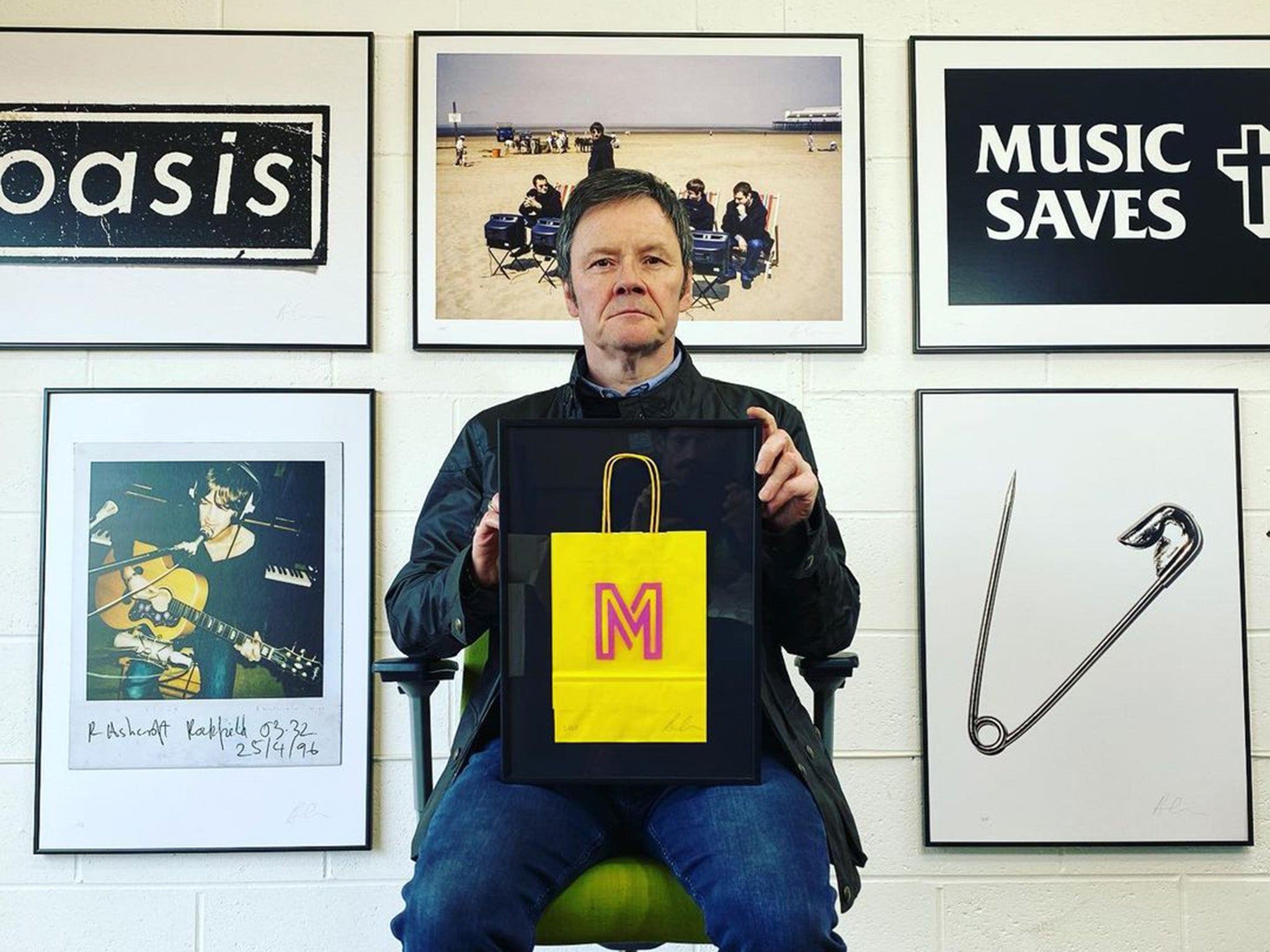
If you don’t know Brian Cannon’s name, you’ll definitely maybe know his work. A graphic designer, photographer and art director, Cannon’s imagery has been seen on what can only be described as some of the most iconic record sleeves of the past quarter of a century – including, arguably, THE most iconic album cover, Oasis’s debut album.
In fact, he did most of Oasis’s best sleeve designs, as well as those for the band’s spiritual brothers The Verve, and a host of Nineties luminaries such as Suede, Super Furry Animals, and the Ruthless Rap Assassins. And, like all good rock’n’roll stories, this one begins at a party.
Sometime in the late Eighties Cannon was with his then girlfriend at a house party in his native Wigan. He recalls, “In those days you had to take physical records with you to a party for the music. So I had a load and I got talking to this bloke there about music and we had a right good chat.”
Which, of course, is the nature of parties. And Cannon didn’t think much of it until two years later, as the Eighties wheeled into the Nineties. In the wee small hours of the morning that was the tail-end of the night before, he found himself at a petrol station, that haunt of the pale-faced lost souls in the days when they were the only shops open round the clock. And he bumped into the guy he’d been chatting to at the party.
He remembered Cannon, and their chat about music, and Cannon’s work as a graphic designer. And he said his band had just signed a record deal, and would Cannon like to design their first single cover? His name was Richard Ashcroft and his band Verve had taken the first steps to going stellar. Cannon recalls, “It was unbelievable that he remembered me after one chat at a party, and true to his word he put some calls in the next day.”
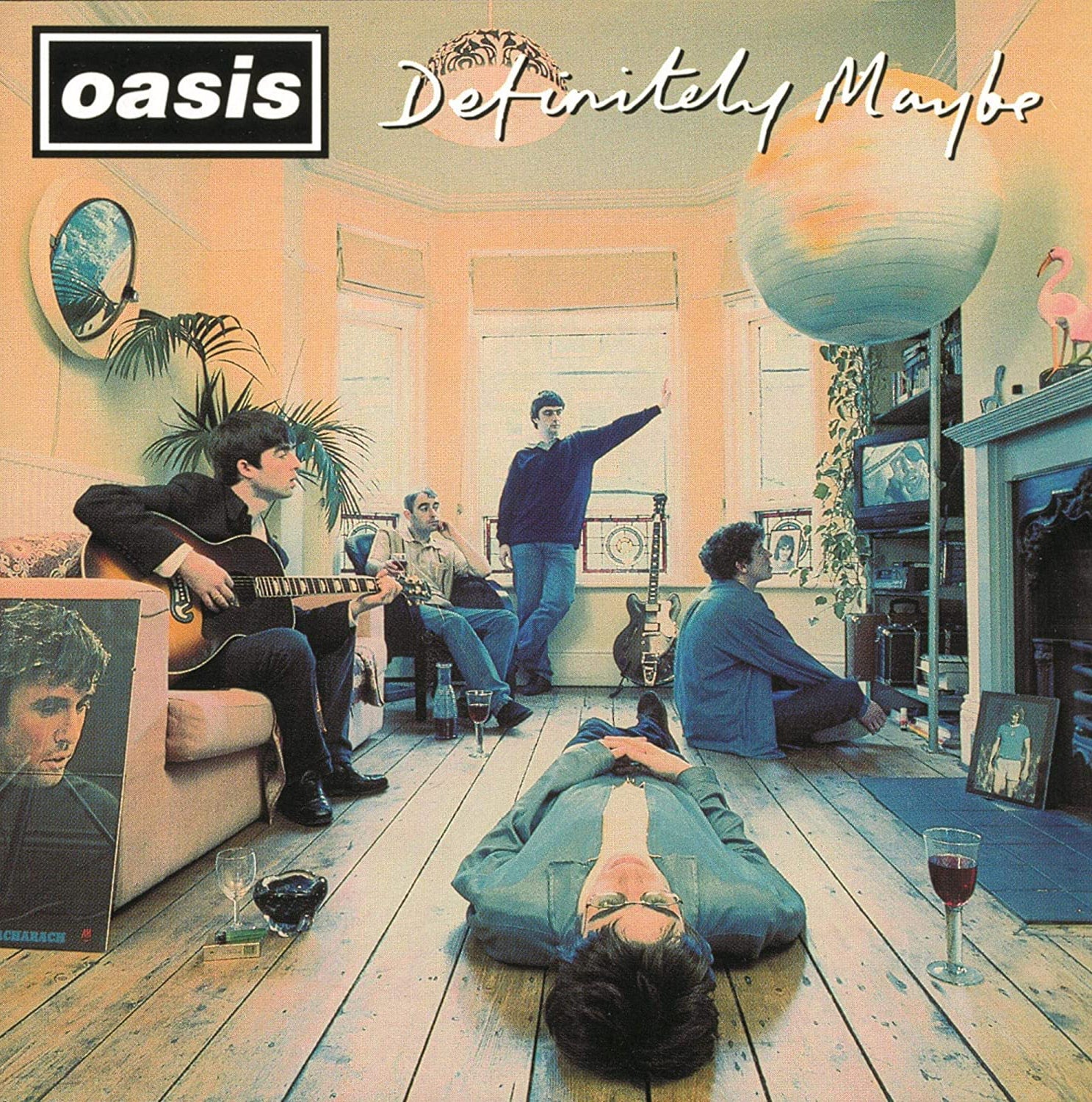
Verve (they later became The Verve to avoid some legal issues with the American jazz label of the same name) had signed to Hut Records, a subsidiary of Virgin, and they already had a London design agency lined up to provide their artwork. But Ashcroft insisted they gave Cannon a chance. When he turned in his his first designs for what would be the band’s first single, “All In The Mind”, released in 1992, “that was that,” he remembers. “And then it all happened.”
Cannon shrugs and says, “‘All In The Mind’ wasn’t one of the best pieces I’ve done, to be honest, but it did the job.” Well, it certainly helped the single hit the top of the indie charts as soon as it was released. And it set him off on a lifelong journey at the heart of Britain’s biggest music movements.
Inspired by the Sex Pistols and their assault on the charts, Cannon half-heartedly tried to learn the guitar but didn’t have the patience
Cannon’s early career was marked by chance meetings like this one. He had set up his own company, Microdot, in 1990 and had a tiny office in a converted mill in Manchester. “It was more like a dungeon, really. It was 25 quid a week, which was all I could afford. Right in the basement.”
Also with offices in the building were Manchester band The Inspiral Carpets, and one day Cannon happened to be sharing the lift with the band’s roadie and guitar technician, who immediately noticed one thing about him: his trainers.
Cannon had recently taken his mother to Rome for her 60th birthday and while there treated himself to a pair of Adidas trainers that weren’t available in the UK. He got chatting to the lad in the lift, bonding over the trainers and music tastes, and the conversation got on to Cannon’s design work, and the fact he had a brace of Verve covers under his belt.
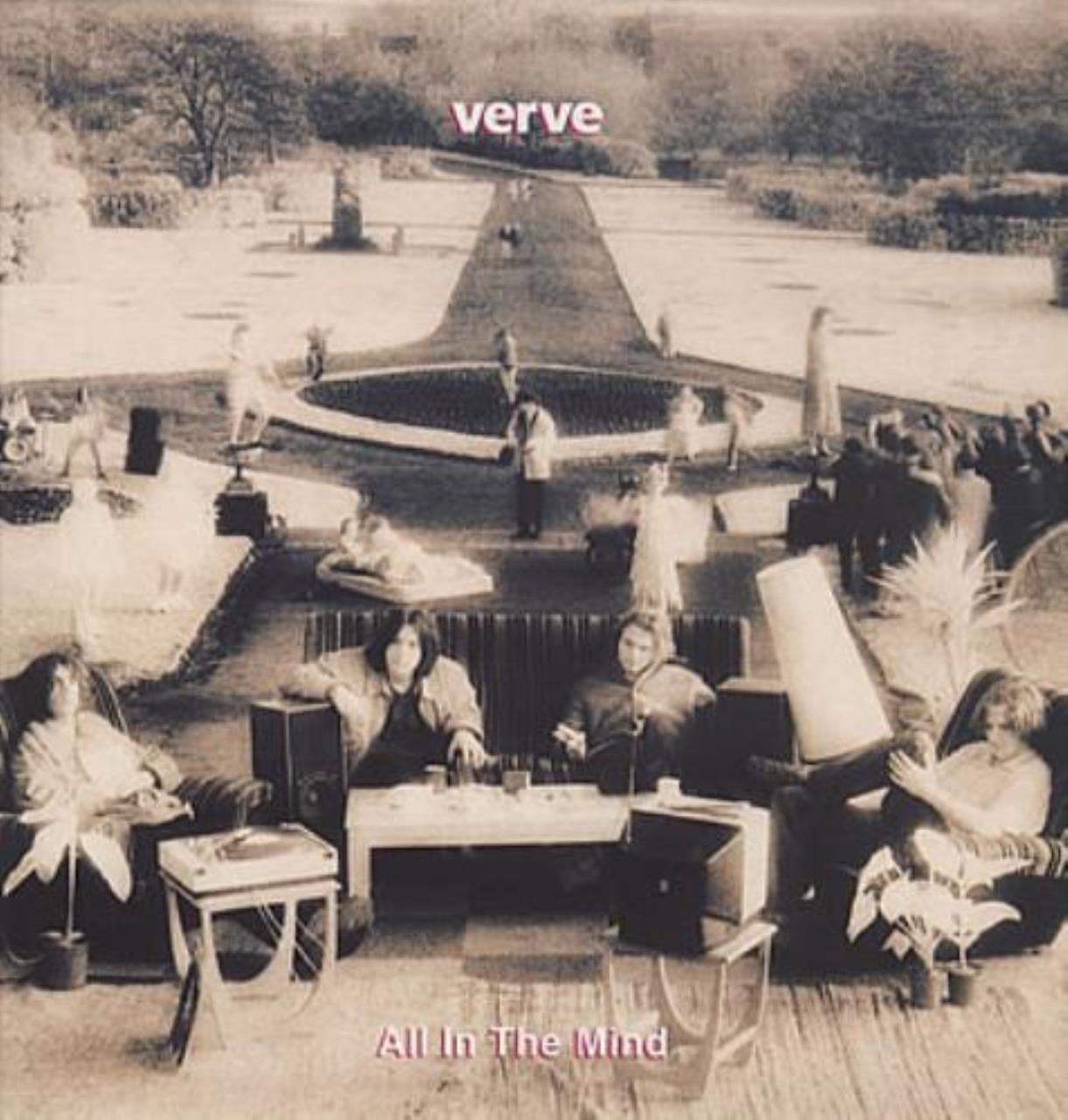
As he left the lift, the other guy told Cannon that he was in a band and when they got a record deal he’d give him a call to do their cover artwork. Of course, that was Noel Gallagher.
“It does feel like a lot of it was being in the right time at the right place,” laughs Cannon. “But the fact is, you’re only as good as your last job, and that’s what gets you the next job.”
Brian Cannon was born in Wigan in 1966, the son of a coal miner with a talent for art. “He got me into drawing when I was a proper nipper, like four or five,” says Cannon. “He was a fantastic illustrator, but he was born in Wigan in 1925, and there wasn’t much opportunity for a working class lad to become an illustrator in the 1940s, so he went down the pit. He never did anything with his talent, but only because he never had the opportunity. But he got me into drawing from a very early age.”
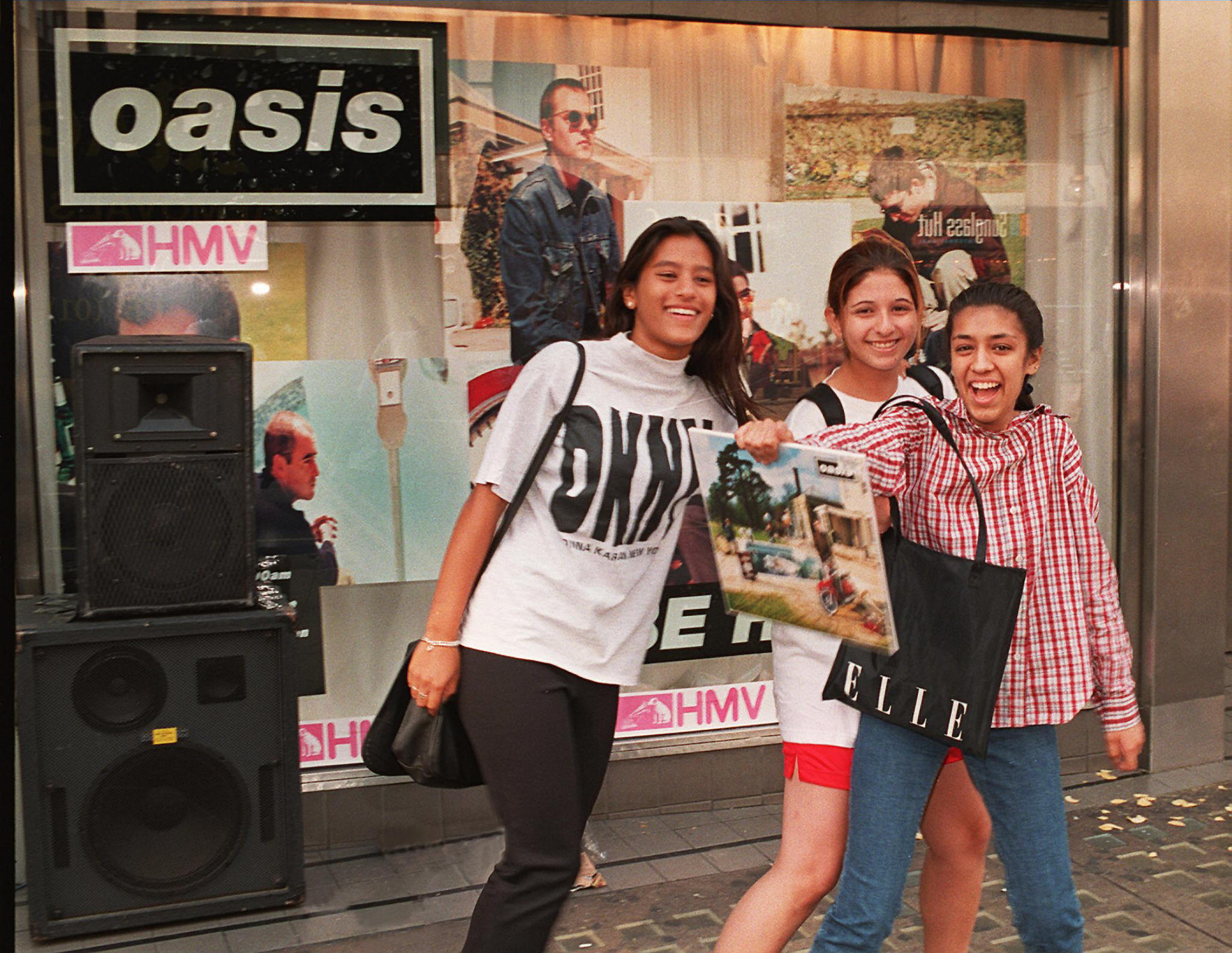
The next thing that happened, when Cannon was 11, was that punk rock happened, specifically the Sex Pistols. He says, “Punk totally demystified the whole music industry process, insofar as up until then it had been predominantly rich white males in control of the industry and if you wanted to put a record out you had to be signed by them. And that changed with punk, and then the advent of the independent ethos, and that struck a massive chord with me, even at that age. I was too young to go to the gigs but old enough to buy the records.”
Inspired by the Sex Pistols and their assault on the charts, Cannon half-heartedly tried to learn the guitar but didn’t have the patience. But at the tender age of 12 he realised there was a way to marry his two loves of music and art: he decided to be a record sleeve designer.
The most difficult thing when you’re starting is getting anybody to take you seriously, when you’re fresh from being a student
He was told at school that this was too narrow a career path, and had to hone his talents in his own time, with very traditional methods of drawing and assembling covers himself. He says, “This was before laptops and computers, and the equipment required for a typical design agency cost the same price as a three-bedroomed terraced house back then, so you couldn’t just go off and start doing it.”
After A-levels he did an art foundation court in neighbouring St Helens (“That’s off the record!” he laughs, a nod to Wigan and St Helens’ long-standing rugby league rivalry) then a degree in graphic design at what was then Leeds Polytechnic.
After that he went to London in 1988, and through a friend got a job at a graphic design company. And hated it. He says, “I knew I was going to have to start at the bottom of the ladder, that didn’t bother me at all, but I just couldn’t stand how… depressed everybody was. The politics of the workplace, all that stuff. So I quit after a week and tried to set up on myself, doing bits of work here and there and pushing small record companies to give me a chance.
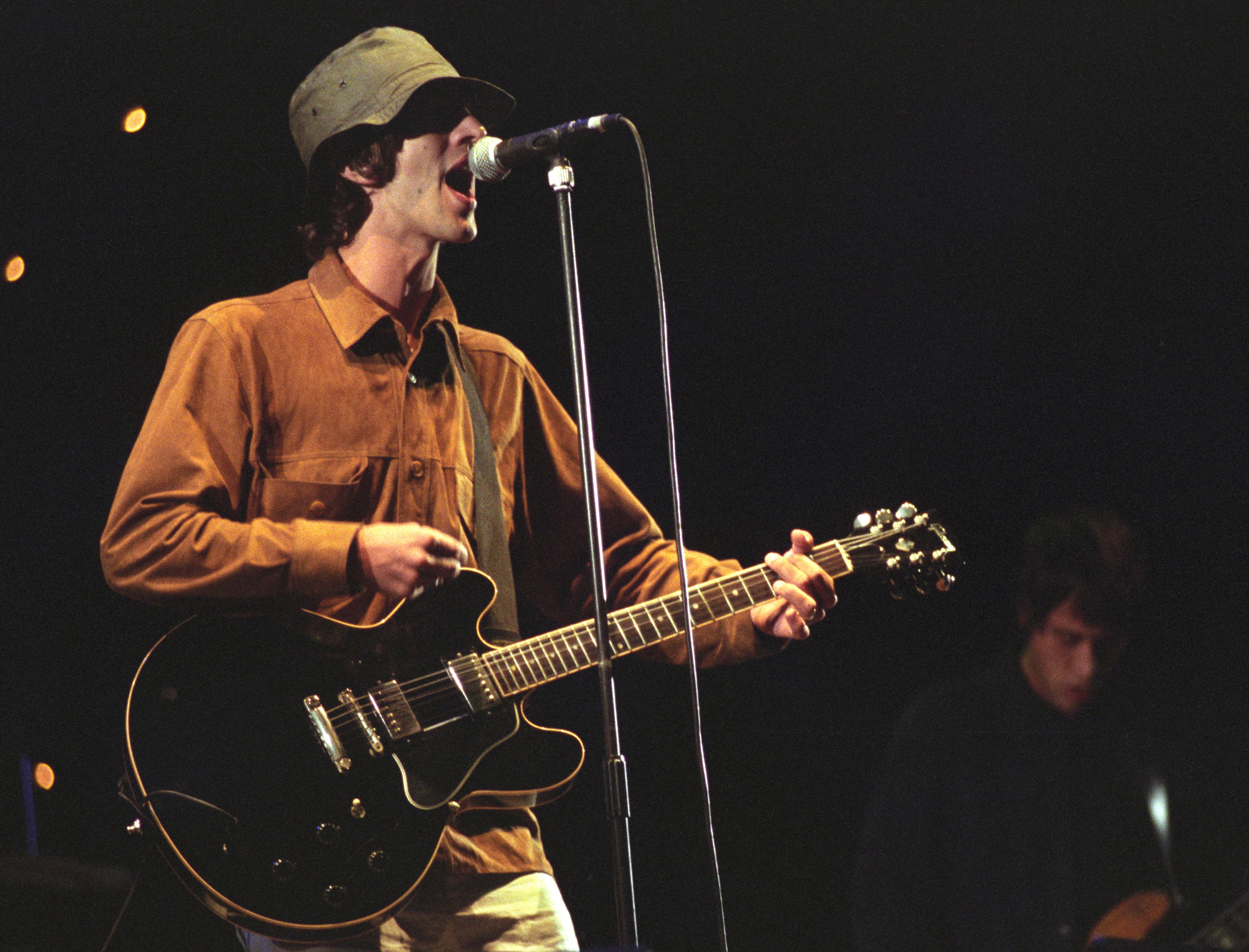
“The most difficult thing when you’re starting is getting anybody to take you seriously, when you’re fresh from being a student. Why would a record company give me a record sleeve to do when they’ve got a guy in the design agency next door who they’ve used 20 times, and they know he can deliver and they have a good relationship with him? But I refused to give up and kept pushing.”
And he did get work, his breakthrough coming with a sleeve design for the Ruthless Rap Assassins. It was then, on a trip back to his hometown of Wigan, that he went to the party and met Ashcroft, which led to his big break.
Cannon’s way of working is to immerse himself in the band and their music before he even thinks about a sleeve design. He styles himself a “creative director” – he’ll come up with the concept and find the locations and gather people together. He rarely presses the button on the shutter, though. (“You don’t expect a film director to work the cameras as well.”)
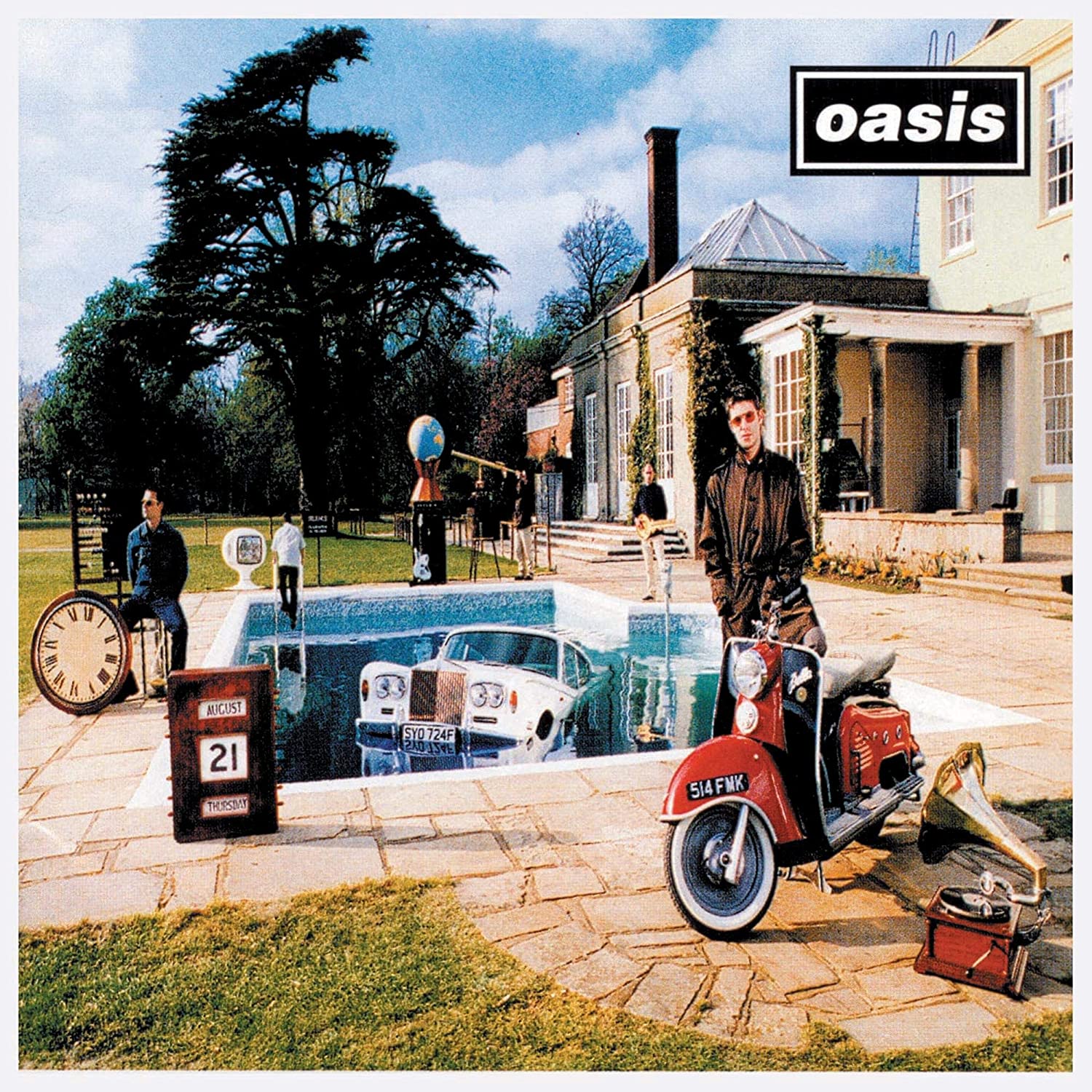
He says, “I would hang around with the band, sit with them in the recording studios, get to know them, do the research. My work for every single record I did was bespoke, not like I’m some design agency who didn’t listen to the record just did something based on the title, which was common back then. It’s like, if you ask someone to make you a suit you’re going to get a better product if you go for fittings rather than just order one up over the phone.”
Cannon’s covers were shot in backstreets in Wigan, such as the single “D’You Know What I Mean?”, from Oasis’s third album Be Here Now, or on Formby Beach on Merseyside, for The Verve’s “Gravity Grave”. Was there a deliberate attempt to anchor these records to the bands’ northern roots?
What started it really was the realisation that people were selling Oasis memorabilia and posters all over the internet but none of it was actually by the people who originally made it, ie me
“Well, there’s no point doing a shoot at the Henley Regatta for a band like Oasis,” he says. “There’s got to be some relevance, but it doesn’t have to be blatantly obvious. We’re not talking flat caps and whippets, but you can have an aspect of a northern vibe, an aura, a feel. But every project was different.”
The iconic cover for Oasis’s debut album was shot in original rhythm guitarist Paul “Bonehead” Arthurs’s living room, with Arthurs’s wife and Cannon doing the test shots in the poses that eventually made it on to the image with the band.
The Verve’s debut album, A Storm In Heaven, features blazing letters spelling out the name of the band inside a cave. Cannon eschews digital manipulation for the real thing, getting the letters made by a steel fabricator in Lancashire and dousing them with paraffin and lighting them.
The Oasis single “Some Might Say” was shot on Cromford railway station in Derbyshire, with Cannon’s dad pushing a wheelbarrow and his mum holding a mop, among other figures in the shot.
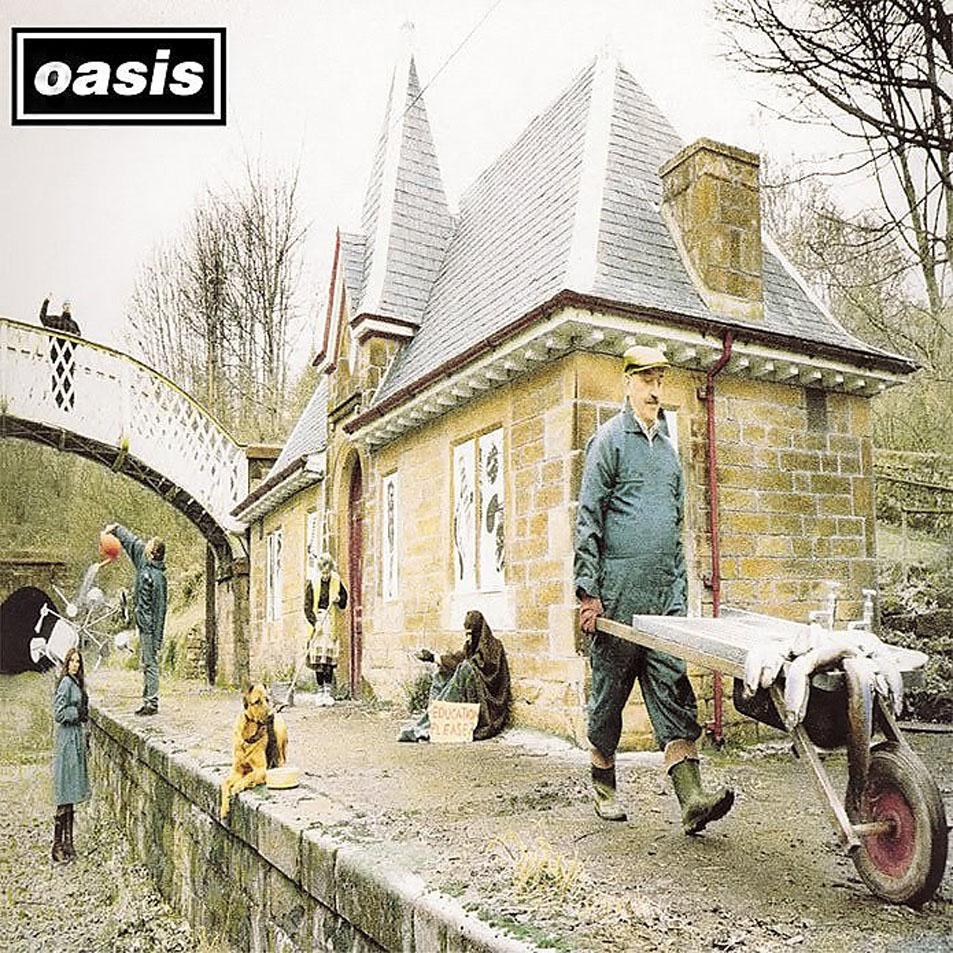
“Images like that, or ‘D’You Know What I Mean’, with a lot of people in them, they’re not as slapped together as they might look,” he says. “They’re all meticulously researched, every pose is carefully considered. Because we were shooting everything on film we didn’t know what we’d got until we developed it, so we were like the SAS on these shoots – no mistakes, no second chances. Everything has to be exactly right on the day.”
Did he know, not longer after he met Noel Gallagher in that Manchester lift, that the band formed by him and his brother Liam was going to be as world-conquering as it was?
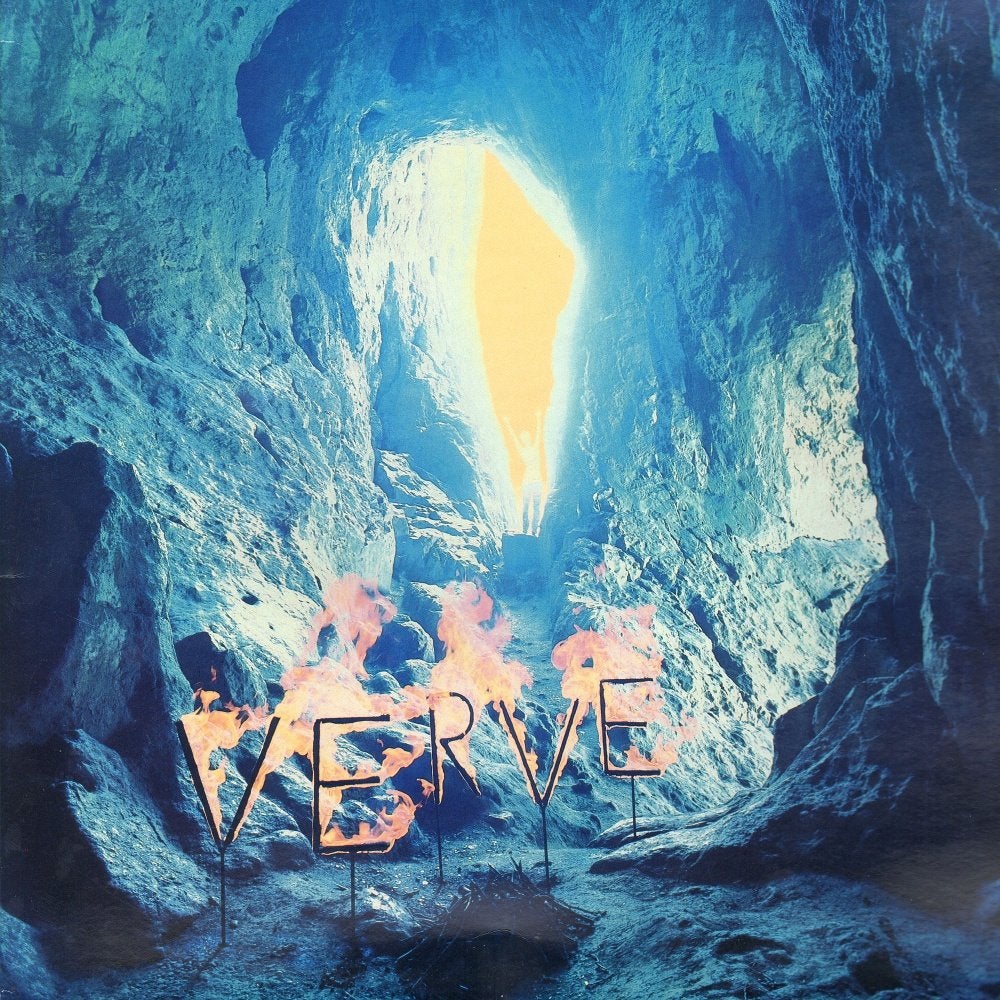
“When I first heard them, I knew they were going to be huge,” he says. “People were laughing at me, saying here he is, going on about that band again. I had no doubt but I also knew that the music industry is the most fickle thing in the world, so I just hoped the public would get it right on this one, because I knew they were amazing. And thankfully, they did.”
These days, Cannon can mostly be found in Kendal in the Lake District, where a new career has opened up in recent years. Finding there was a huge appetite for his work with the leading lights of the Britpop and other movements, he opened the Microdot Boutique, selling prints and artwork. It’s proved so successful he’s just had to move to huge new premises in the town.
He says, “What started it really was the realisation that people were selling Oasis memorabilia and posters all over the internet but none of it was actually by the people who originally made it, ie me. So I decided to do something about that.”
The boutique doubles as a workspace for Cannon’s design work, and even as a mini-Oasis museum – one of Noel Gallagher’s guitar cases is leaning against the wall, and even the original fireplace surround from the Definitely Maybe cover is installed there. People go there not to just buy merchandise and art from the man who designed it, but as an experience.
And it’s not just former Britpop lads who’ve hit their fifties and sixties. There are a huge number of young people who are fascinated by the Oasis story. “The number of people coming into the shop or buying stuff online who weren’t even born when the records came out is amazing,” says Cannon. “It’s crossed the generations now, hasn’t it? Oasis’s music is like that of the Beatles. It’ll live forever.”
Microdot Boutique is located at Unit 16, Shap Road Industrial Estate, Kendal, LA9 6NZ, or online at microdotboutique.com

Join our commenting forum
Join thought-provoking conversations, follow other Independent readers and see their replies
Comments